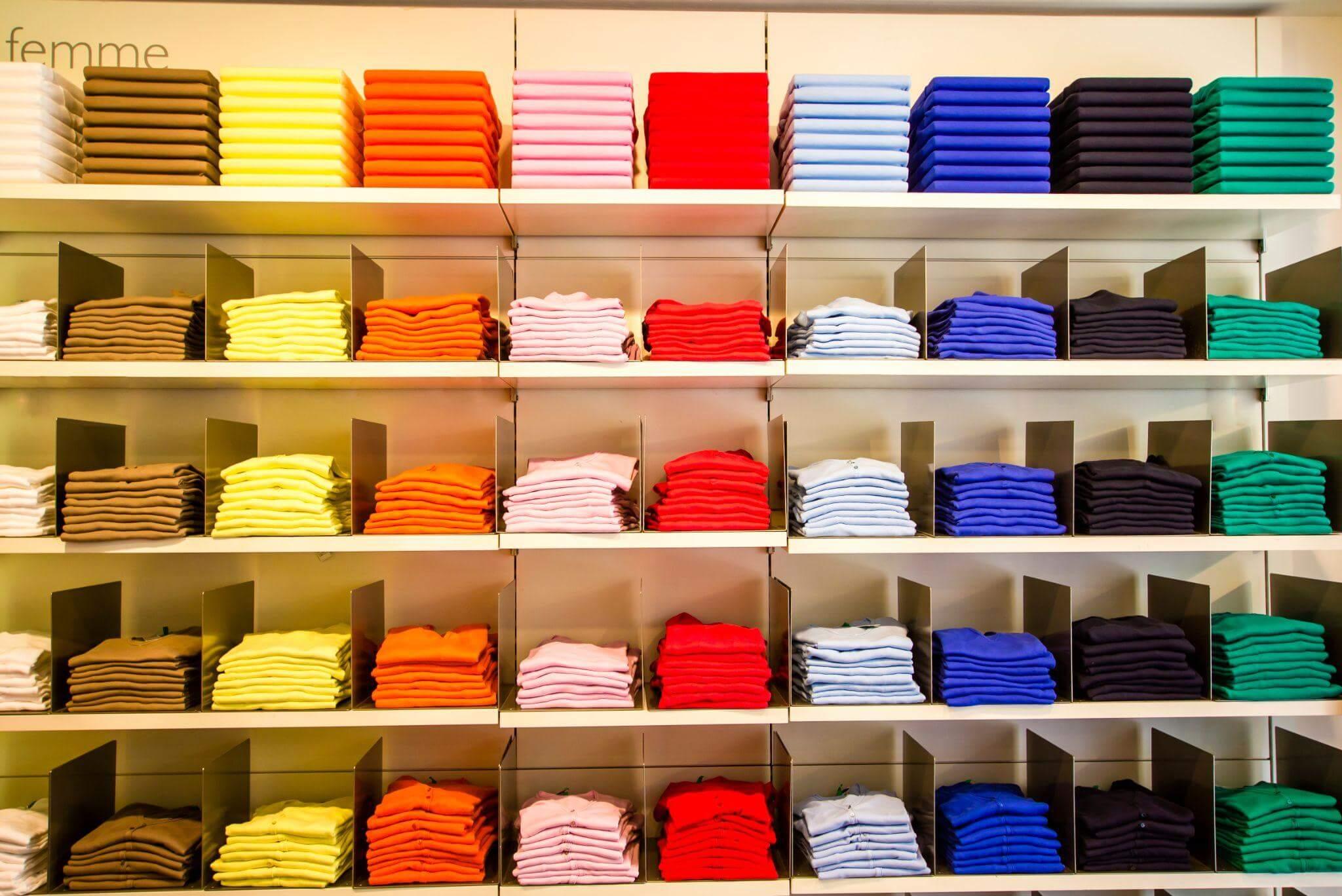In a market where competition is fierce and consumers increasingly demanding, customer experience has become an essential lever for standing out from the crowd. As a retailer or fashion entrepreneur, every point of contact with your customers can reinforce their commitment… or ruin your image.
Here are the 5 most common fashion mistakes that damage the customer experience, illustrated by real-life industry cases, with concrete advice on how to avoid them.
1. Neglect welcome and first contact

Why it’s a problem: Reception is the first lever of trust. It determines whether a customer stays, buys, or leaves with a bad impression. Online, it’s a matter of seconds: slowness, clutter, lack of clarity – all these things scare people away.
Case study: Sézane’s omnichannel strategy
The French brand Sézane has designed its boutiques as “apartments”, warm and immersive places to welcome customers. Online, the brand offers fluid navigation, meticulous visuals and responsive customer service. This overall consistency contributes to a highly engaged community.
Tips for your store :
- Take care of your site’s home page (clear, responsive, fast design)
- Train your sales staff to greet customers physically and listen actively
- Include a welcome message or introductory offer (e.g. -10% for a first purchase).
2. Forget the post-purchase relationship

Why it’s a problem: Once an order has been confirmed, many brands don’t follow up. Yet this is the ideal moment to turn a customer into an ambassador.
Case study: Princess Polly and emailing via Yotpo
Thanks to a combination of personalized emails, targeted SMS and a VIP loyalty program via Yotpo Loyalty & Referrals, Princess Polly achieved a 66% re-purchase rate, and a 15.4× ROI on ambassador customers. Their structured loyalty program has also significantly increased the average value of baskets(yotpo.com, yotpo.com).
Tips for your store :
- Automate your post-purchase e-mails with simple tools (MailerLite, Brevo)
- Include a discount offer on a future purchase
- Gather customer feedback via a short satisfaction survey
3. Poor inventory management

Why it’s a problem: An unavailable product or delivery error causes frustration, disappointment and loss of trust. It’s one of the most common causes of a broken customer experience.
Key figure: According to iAdvize, 75% of consumers expect a seamless experience, but only 63% consider retailers to be performing well in this respect.
Tips for your store :
- Centralize your inventory in a single tool
- Synchronize your inventory between stores, websites and networks
- Activate threshold alerts to anticipate breakages
Recommended tool: Nanoshop, MicroStore’s partner tool, facilitates inventory management for fashion professionals.
4. Complex returns and customer service

Why it’s a problem: A customer with a problem needs to be able to get a solution quickly. If the feedback is unclear, if no one responds, or if delays are too long, it seriously damages the experience.
Case study: Louis Vuitton and optimized queuing
To streamline the in-store experience, Louis Vuitton has adopted Waitwhile, a platform that manages customer appointments, waiting times and communication. The result: more than 2 million customers managed without damaging the premium image.
Tips for your store :
- Provide a simple, accessible returns form
- Offer direct support: WhatsApp Business, email, chat
- Reply to messages within 24 hours
5. Choose unreliable suppliers

Why it’s a problem: Your suppliers determine the final quality of your products. A missed deadline, a wrong size, or a low-quality fabric, and your image suffers.
Real-life context: textile relocation in France
The Covid-19 crisis highlighted the fragility of international supply chains. Delays, factory closures, rising logistics costs… Many retailers saw their business disrupted by distant suppliers. In response, many brands have chosen to relocate their production or collaborate with European suppliers, who are closer, more reliable and more agile. This structural trend reinforces quality, transparency and responsiveness, while reassuring customers.Many brands today choose to relocate their production or collaborate with closer suppliers, to counter delays and guarantee better traceability. This trend reinforces customer confidence.
Tips for your store :
- Work with approved, referenced suppliers
- Test products in small quantities
- Focus on long-term, transparent, close partnerships
Useful resource: MyFashionWholesaler.com: reliable directory for finding serious fashion suppliers in Europe, Turkey, Asia, etc.
Conclusion
In a competitive environment like fashion, every detail counts. A smooth, reassuring customer experience is your best weapon for selling more and building a lasting brand.
Summary of mistakes to avoid:
- An unpleasant welcome
- Lack of post-purchase follow-up
- Poor inventory management
- Unresponsive customer service
- Unreliable suppliers
MicroStore supports you every day to simplify your retail business: sourcing, sales, logistics, customer relations. Adopt the right tools and surround yourself with reliable partners to transform the customer experience into a competitive advantage.
Find out more: MicroStore.app – MyFashionWholesaler.com



